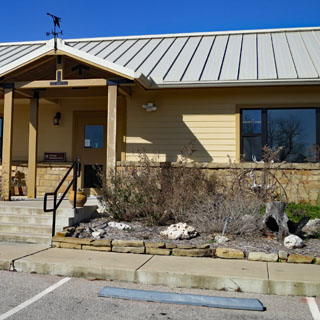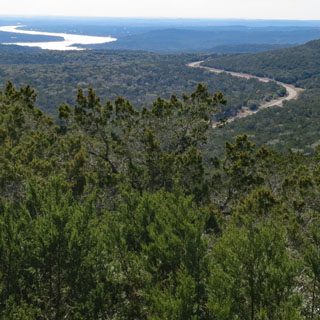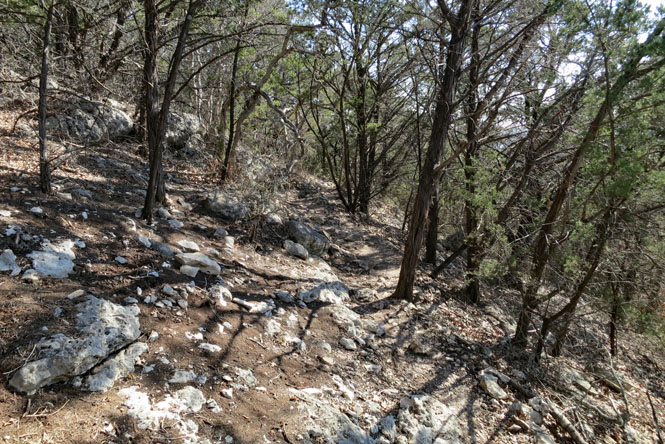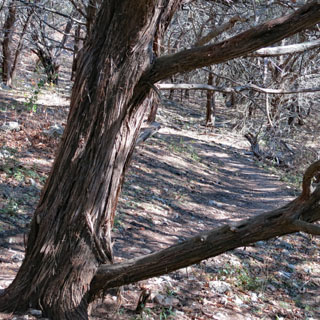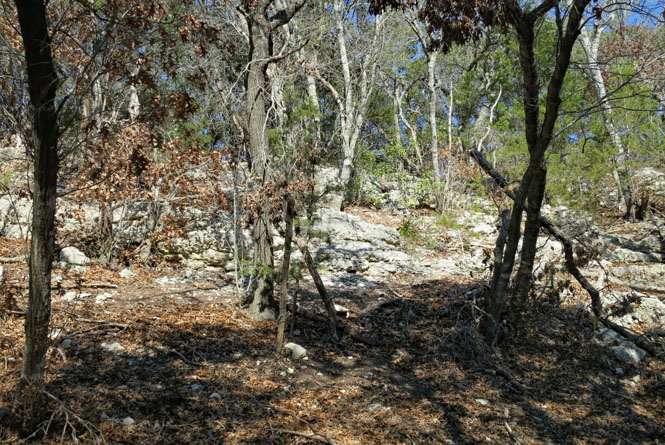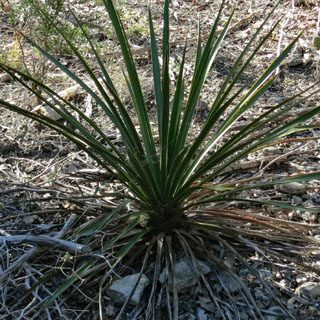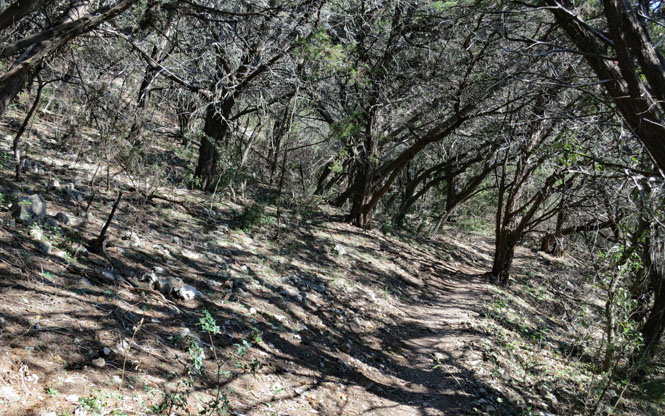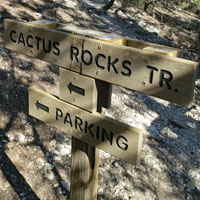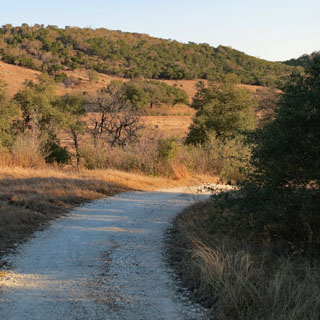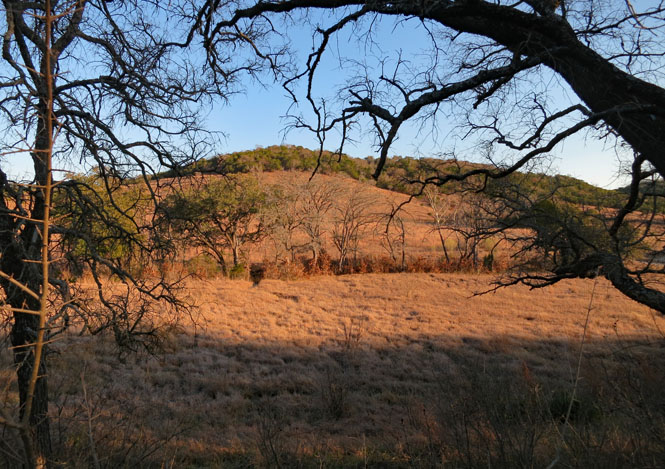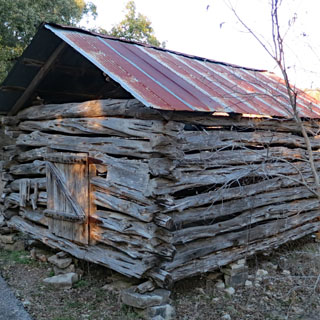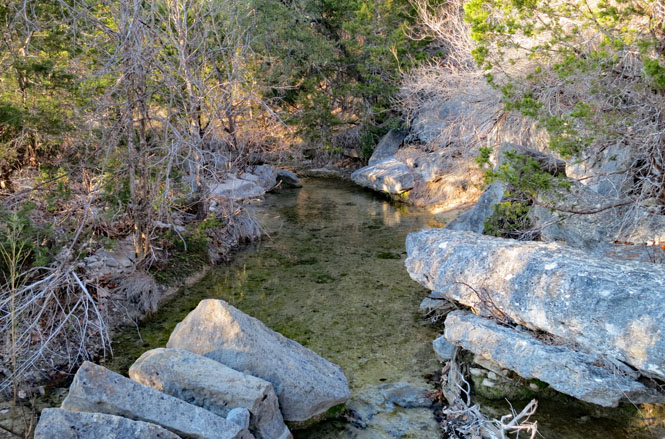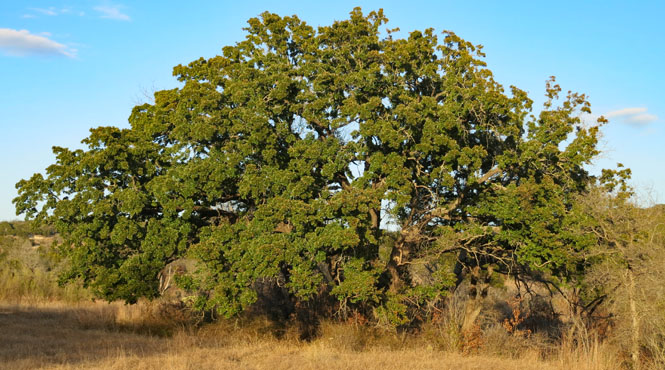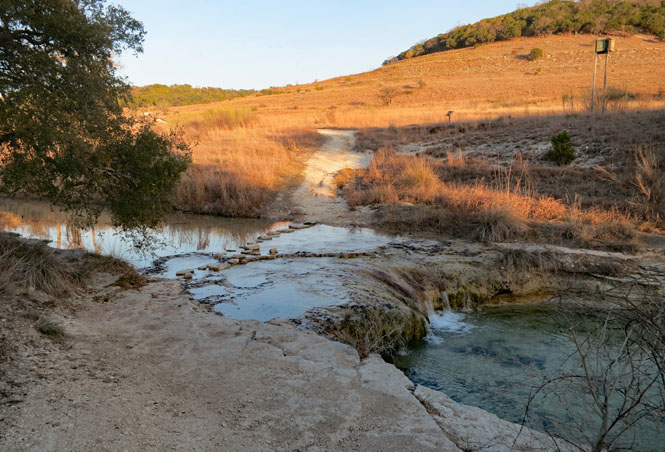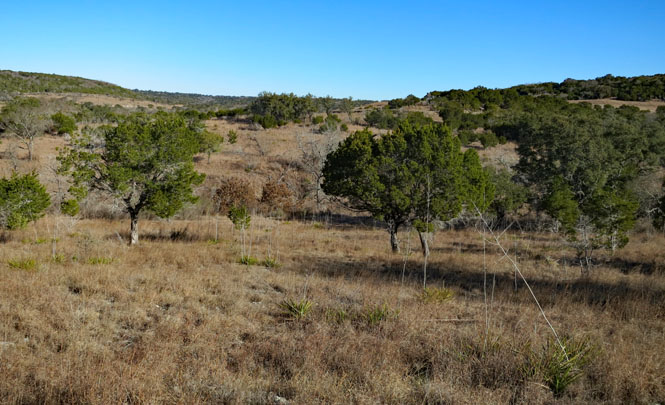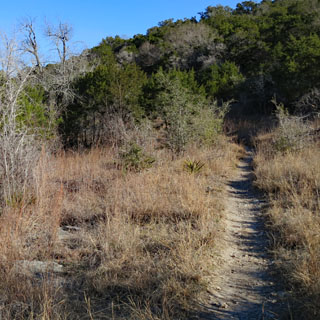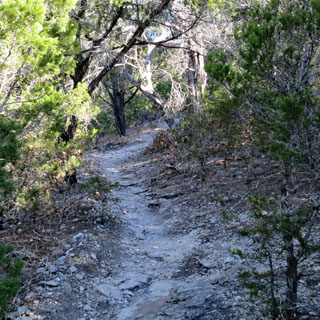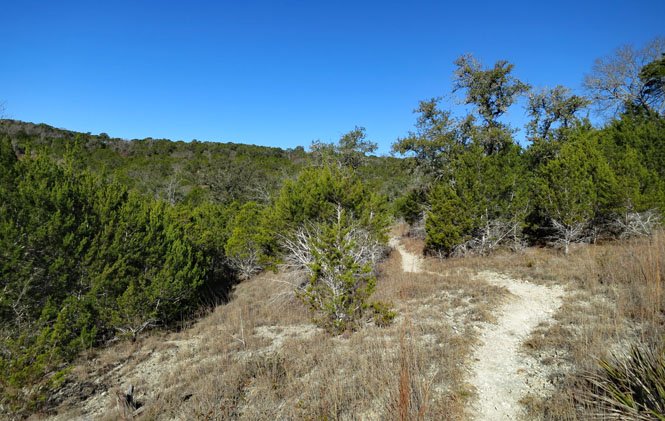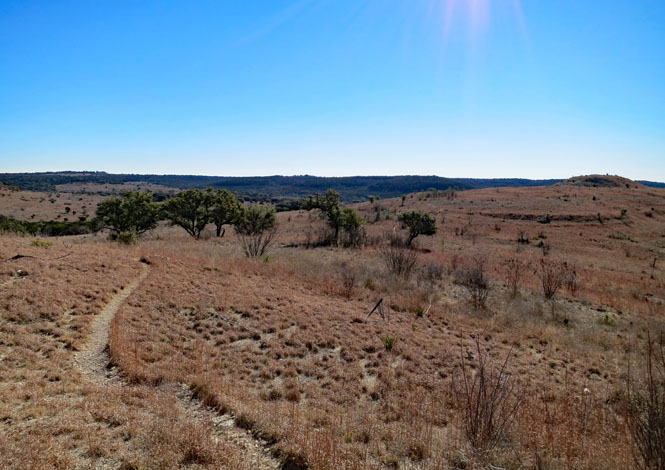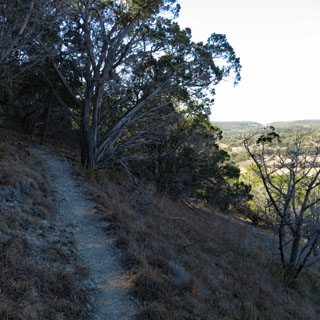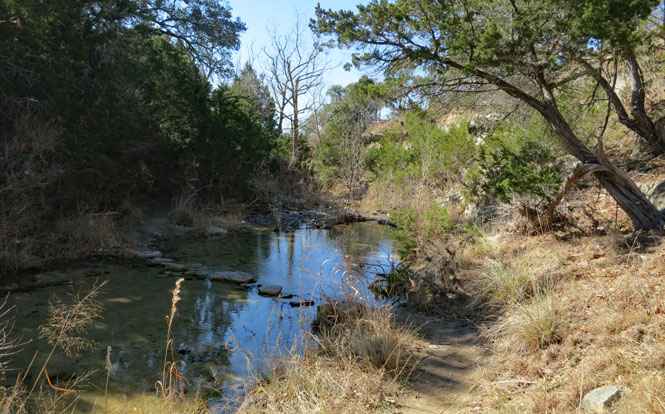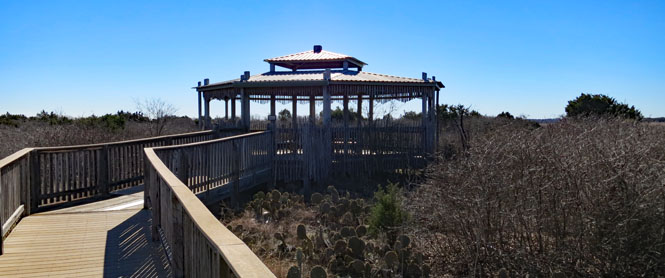February, 2016

The Balcones Canyonlands National Wildlife Refuge is just northwest of Austin, Texas, north of the Colorado River (no; not that Colorado River). It's in the Texas Hill Country. The refuge, created in 1992, exists to protect the habitat of two birds.
 Texas
Texas
 Balcones
Canyonlands National Wildlife Refuge
Balcones
Canyonlands National Wildlife Refuge
The
primary purpose of the refuge is to protect the nesting habitat of the
golden-cheeked warbler and black-capped vireo, two highly endangered
migratory birds.
This rugged terrain has spared old Ashe juniper and
oak woodlands from logging and shelters some of the best golden-cheeked
warbler habitat. The Brazos tributaries to the north cut only shallow
canyons. Here, the refuge foothills ease into savannahs where the open
country supports oak shinneries (head-high thickets) vital to the
black-capped vireo.
Both endangered songbirds share a common
dilemma. They depend on very specialized habitats to make a living, and
those places grow fewer by the day in the wake of development and human
activity. That's why this refuge has a critical role to play in both
preserving and restoring their homes.
Beneath the homes of songbirds
lies a mysterious world of caves, rivers and sinkholes called "karst". Over
time, naturally acidic water dissolved the limestone and sculpted a
labyrinth inhabited by night creatures. Ringtail cats and raccoons retreat
into cave entrances for shelter. Cliff chirping frogs and whitethroat slimy
salamanders squeeze into moist crevices. Cave crickets and daddy longlegs
live within caves, but leave to feed and return. Some spiders, beetles and
pseudoscorpions never come out to the light, living all their lives in
reclusive darkness. Still deeper lies the Edwards Aquifer, the source of
many Central Texas springs and beautiful Hill County rivers. These same
rivers eventually flow into the marshes, estuaries and bays along the Texas
coast.
--NWS website
The two birds responsible for the refuge: the Golden-Cheeked Warbler (left) and the Black-Capped Vireo (right). I did not take either of these photographs.


It's a large refuge, taking up over seventy square miles. The visitor center is near the southern border, not too far from the town of Lago Vista.
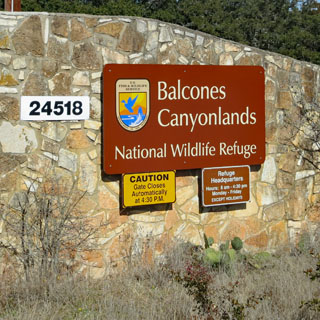
Along with the usual maps, brochures, trail guides and helpful rangers, there was a display of the two protected birds along with buttons you could push to hear their various calls. Did I see them? I'm not sure. Did I hear them? Perhaps; but, I'm still not sure.
Warbler Vista is one of two areas with trails into the refuge.
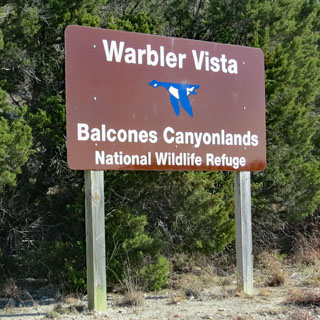
From the vista point you can see the Colorado River (actually a reservoir).

Mostly, the trails are easy to follow, but they're not always easily walked. Some of the ledges are fairly tall, and I can't help but notice that it might be tricky in the springtime when the trees and buses are much thicker than now.
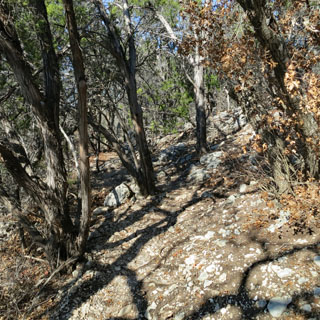

You'd be hard pressed to get lost, but the trails are well marked in any case.
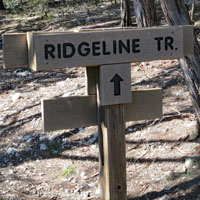
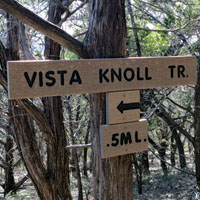
This part of the trail gives a clue as to why the area is named "balcones."
Continuing the practice of riding a unicycle at every national wildlife refuge I visit, I rode a bit on the dirt road into the refuge.

Cow Creek Road takes you through the refuge. Not all the land is public, and this road is often bordered by fences with fierce warnings about trespassing.
Cow Creek. The water is amazingly clear.
Doeskin Ranch is the other entry point for trails into the refuge. Compared to Warbler Vista, this one is far away the better place to visit. There are several miles of trails.

I'll be walking up that ridge, and beyond it.
Before Texas was a state, people were living here.

There are a few creek crossings, but this time of year that's easy enough.
I'd imagine that there are a few times when the water would be too high to pass, but that's probably rare. The object on two stilts (to the right) is a bat house.
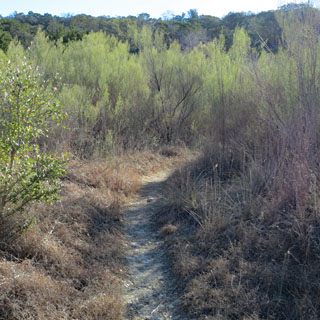
Nearing the top of the ridge, looking back to where I was.
Some stretches of trail require a bit of scrambling, but mostly the trails are easily done.
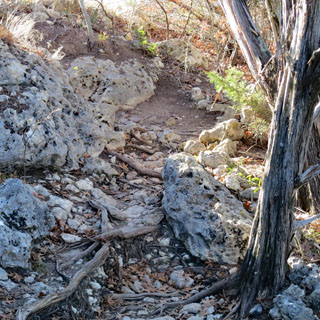
Only a very small part of the refuge is open to trails. It is possible to take guided hikes through other parts of the refuge.
Piles of stones mark the trail---sometimes very much so.

This is an observation station on the north side of the refuge for watching our special birds.

